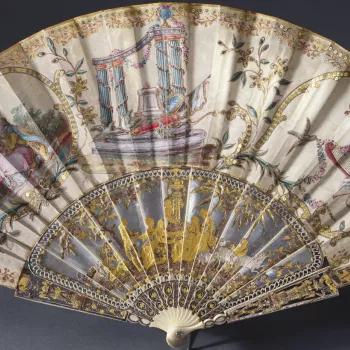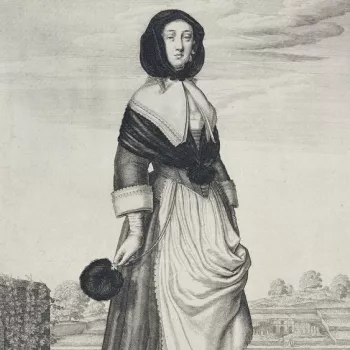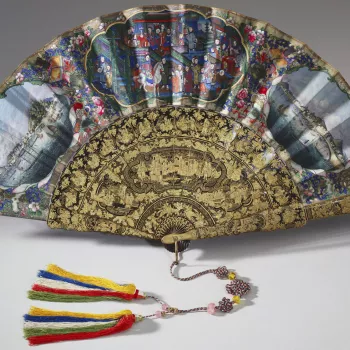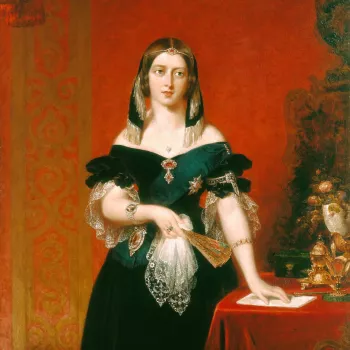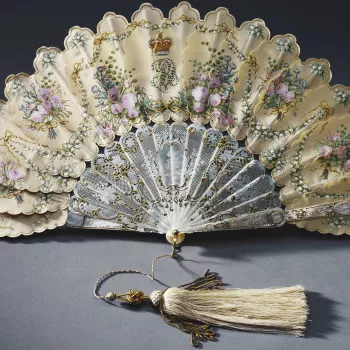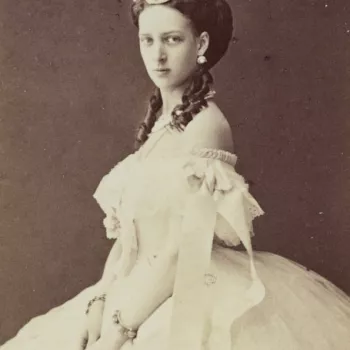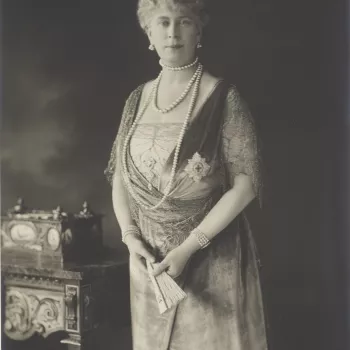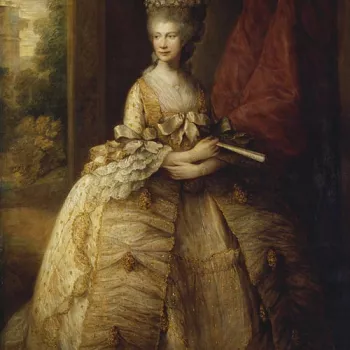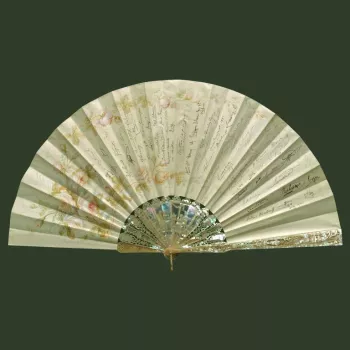The Exhibition
Fans have been used since the earliest times to lower the temperature by circulating the air. They were first introduced to northern Europe in the sixteenth century, and for much of the following four hundred years were an intrinsic part of elegant attire, showing off a lady’s hands to advantage. By the late nineteenth century most ladies would have had a number of large and glamorous fans in their wardrobes. The majority of fans in the Royal Collection were produced in Europe – chiefly in France or England, but also in Italy, Holland and Russia.
All the fans included in this exhibition will have been used, although not necessarily by royal ladies: some, for example, were acquired by The Queen’s grandmother, Queen Mary, as collector’s items. With the changes that followed the two World Wars and the cessation of court presentations in the late 1950s, the fashionable use of fans and the making of superb presentation fans was severely reduced. The particular interest of the fans in the Royal Collection lies in the high quality of craftsmanship, combined with their royal associations.
The fans shown in this exhibition belonged to Queen Charlotte (wife of George III); her granddaughter Queen Victoria; Queen Alexandra (the consort of Queen Victoria’s son, King Edward VII); and her daughter-in-law Queen Mary (the consort of King George V). From these illustrious royal personages – each of whom would have used a fan as a matter of course – they passed by descent to Queen Elizabeth The Queen Mother and thence to HM The Queen.





